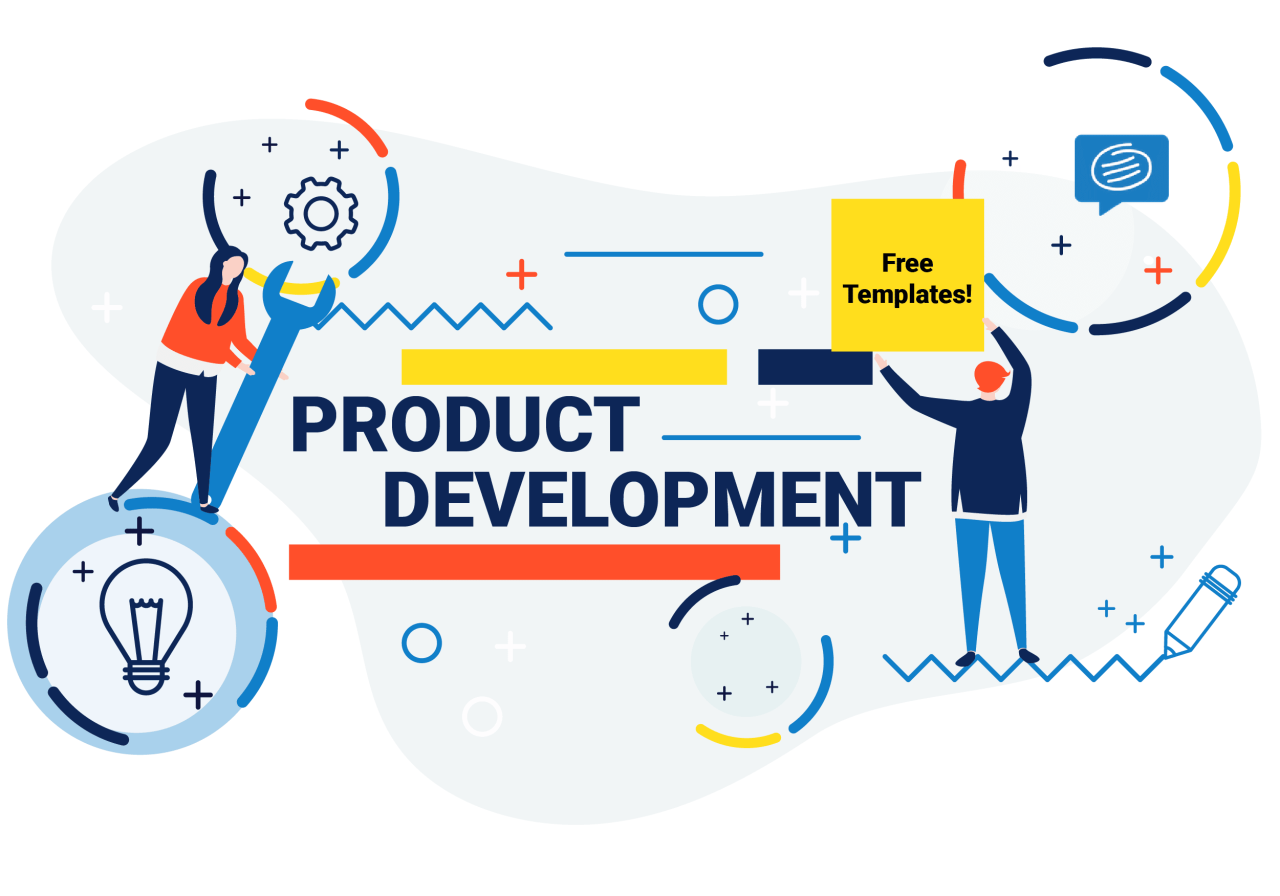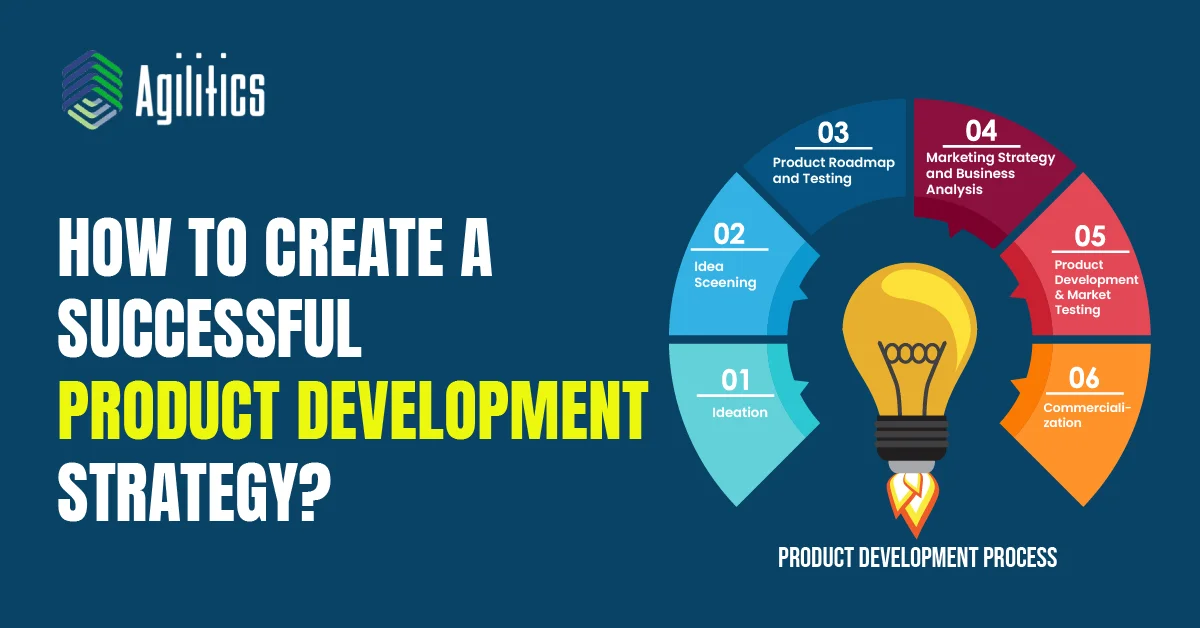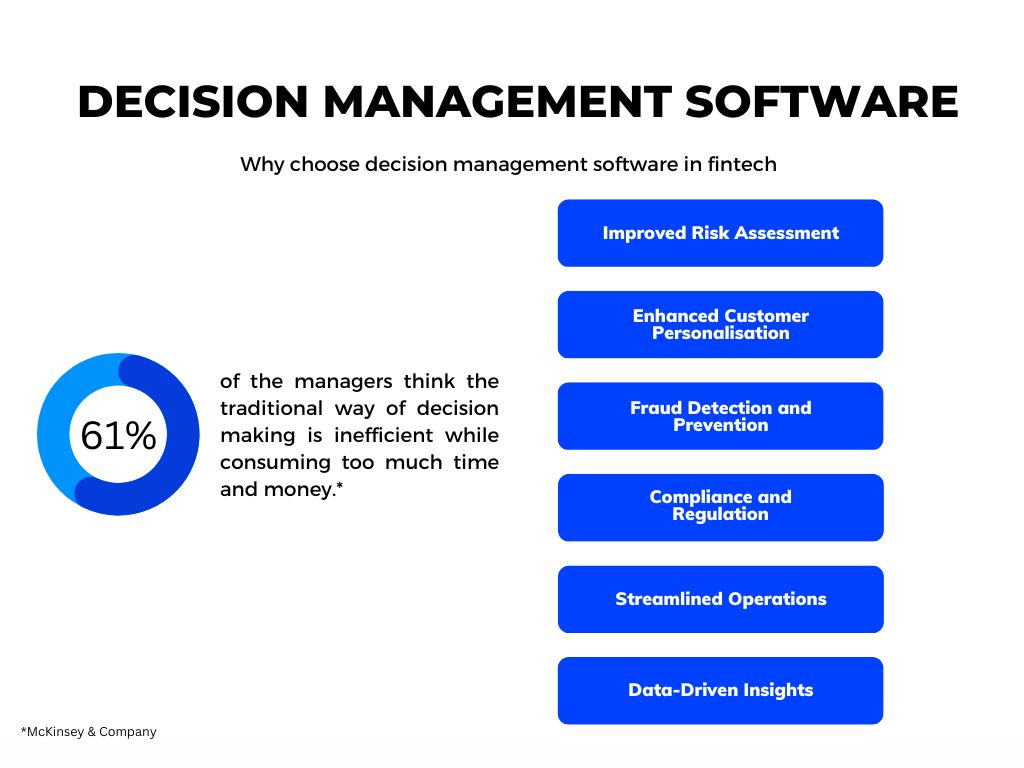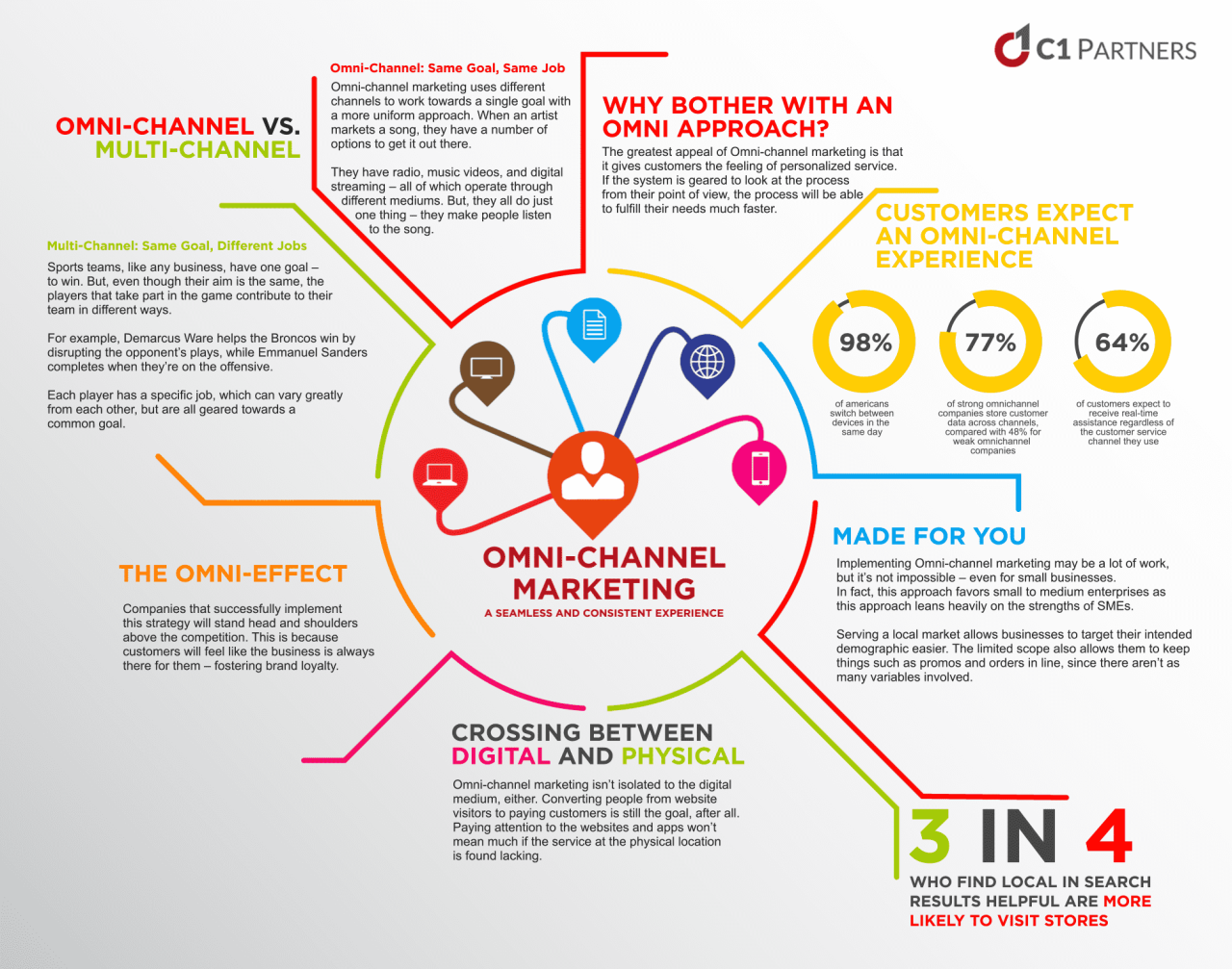Successful Product Development Strategies
Successful product development strategies are the backbone of any successful business. By following a proven process, you can increase your chances of creating products that meet the needs of your customers and achieve your business goals.
In this guide, we will cover the entire product development process, from market research and validation to product design and development, product management and execution, marketing and sales, customer support and feedback, and data analytics and metrics.
Market Research and Validation

Conducting thorough market research is crucial for identifying customer needs and validating product ideas. This process involves gathering data to understand the target market, their pain points, and their preferences.
Various methods can be employed for market research, including surveys, focus groups, and competitor analysis. Surveys provide quantitative data through questionnaires, while focus groups offer qualitative insights through discussions. Competitor analysis helps identify strengths and weaknesses of existing products and market trends.
Evaluating Market Potential
Evaluating market potential involves assessing the size and growth potential of the target market. This can be done through market sizing techniques, such as TAM (Total Addressable Market), SAM (Serviceable Addressable Market), and SOM (Serviceable Obtainable Market). By understanding the market potential, businesses can determine the feasibility of their product concepts.
Product Design and Development: Successful Product Development Strategies
Effective product design and development are crucial for creating products that meet user needs and achieve market success. This involves a systematic process that encompasses ideation, prototyping, and iterative testing, with a strong focus on user experience (UX) and human-centered design principles.
Ideation
The ideation phase is where new product concepts are generated. It involves brainstorming, research, and exploration of potential solutions to identified user problems or market opportunities. Techniques such as mind mapping, user interviews, and competitive analysis can help generate a wide range of ideas.
Prototyping
Prototyping is the process of creating tangible representations of product concepts. Prototypes can range from low-fidelity sketches and mockups to high-fidelity functional models. They allow designers to visualize and test their ideas, gather user feedback, and refine the product design before committing to full-scale production.
User Experience (UX) Design
UX design focuses on creating products that are easy to use, intuitive, and enjoyable. It involves understanding user needs, behaviors, and motivations to design interfaces and interactions that are both functional and aesthetically pleasing. UX principles include accessibility, usability, and desirability.
Human-Centered Design
Human-centered design emphasizes the importance of understanding and empathizing with the end-user throughout the design process. It involves actively involving users in the design and testing phases to ensure that their needs are met and that the product aligns with their expectations.
Iterative Testing and Feedback Loops, Successful product development strategies
Iterative testing and feedback loops are essential for refining product designs. By gathering user feedback and conducting usability tests at various stages of development, designers can identify areas for improvement, make necessary adjustments, and ensure that the product meets user requirements.
Product Management and Execution
Effective product management and execution are crucial for successful product development. Product managers play a pivotal role in managing the entire product development lifecycle, from inception to launch and beyond.
They are responsible for defining the product vision, setting priorities, managing resources, and ensuring that the product meets the needs of the target market.
Prioritizing Features
Prioritizing features is a critical aspect of product management. Product managers must carefully evaluate each feature request, considering its impact on the product, the target market, and the overall business strategy.
Techniques such as the MoSCoW method (Must have, Should have, Could have, Won’t have) can be used to prioritize features based on their importance and feasibility.
Setting Timelines
Setting realistic timelines is essential for successful product development. Product managers must consider the complexity of the product, the available resources, and the market demands.
They should use tools such as Gantt charts and project management software to track progress and ensure that the product is delivered on time.
Managing Resources
Product managers are responsible for managing the resources necessary for product development, including human resources, budget, and technology.
They must allocate resources effectively to ensure that the product is developed efficiently and within budget.
Agile Development Methodologies
Agile development methodologies have become increasingly popular in product development due to their flexibility and adaptability.
Product managers can use agile methodologies such as Scrum and Kanban to break down the product development process into smaller, manageable sprints, allowing for faster iteration and feedback.
Continuous Improvement Processes
Continuous improvement is essential for ensuring that products remain competitive and meet the evolving needs of the market.
Product managers should establish processes for gathering feedback, monitoring product performance, and identifying areas for improvement.
Marketing and Sales

Successful product development requires a comprehensive marketing and sales strategy to effectively promote and sell new products. This involves identifying target customers, developing engaging content, and optimizing sales processes to maximize product adoption.
Channels for Reaching Target Customers
Effective marketing strategies utilize various channels to reach target customers, including:
- Digital Marketing: Utilizing online platforms like search engines, social media, and email marketing to connect with potential customers.
- Content Marketing: Creating and distributing valuable content that educates and informs customers about the product.
- Social Media: Engaging with customers on social media platforms to build relationships and promote products.
Techniques for Optimizing Sales Processes
Optimizing sales processes involves implementing techniques such as:
- Lead Generation: Identifying and qualifying potential customers through various marketing channels.
- Sales Pipeline Management: Tracking the progress of leads through the sales process.
- Customer Relationship Management (CRM): Managing customer interactions and building long-term relationships.
- Sales Training and Development: Providing ongoing training to sales teams to enhance their skills and knowledge.
Customer Support and Feedback

Exceptional customer support is crucial for building strong customer relationships and ensuring product satisfaction. It involves providing timely and effective assistance to customers through various channels, such as phone, email, chat, and knowledge bases. By resolving customer queries and addressing their concerns promptly, businesses can enhance the overall customer experience and foster loyalty.
Gathering customer feedback is equally important as it provides valuable insights into product performance, user preferences, and areas for improvement. Feedback can be collected through surveys, interviews, user testing, and social media monitoring. By analyzing customer feedback, businesses can identify pain points, prioritize product enhancements, and make data-driven decisions that align with customer needs and expectations.
Data Analytics and Metrics
Data analytics plays a crucial role in evaluating product performance and pinpointing areas for improvement. It empowers businesses with valuable insights into customer behavior, product usage, and market trends, enabling them to make informed decisions that drive product success.
Key metrics for tracking product success include:
- Customer Acquisition: Measuring the number of new customers acquired over a specific period.
- Engagement: Tracking user interactions with the product, such as active usage, feature utilization, and time spent.
- Retention: Assessing the ability of the product to retain existing customers and minimize churn.
Data Analysis Techniques
Analyzing data effectively involves employing various techniques, including:
- Descriptive Analytics: Summarizing and visualizing data to understand its distribution and patterns.
- Diagnostic Analytics: Identifying the root causes of product issues or performance bottlenecks.
- Predictive Analytics: Using statistical models to forecast future trends and anticipate customer behavior.
- Prescriptive Analytics: Providing recommendations and guidance on how to improve product performance based on data insights.
User Queries
What is the most important step in the product development process?
The most important step in the product development process is market research. This is where you will learn about your customers’ needs and wants, and validate your product idea.
How can I improve my product development process?
There are many ways to improve your product development process. One way is to use agile development methodologies, which can help you to be more flexible and responsive to change.
How can I measure the success of my product?
There are many different metrics that you can use to measure the success of your product. Some common metrics include customer acquisition, engagement, and retention.






